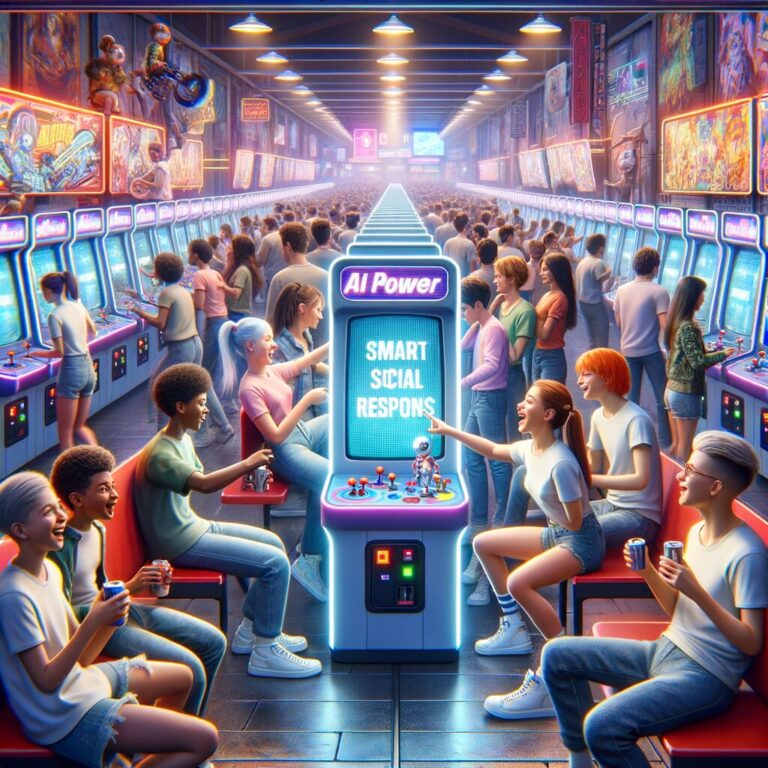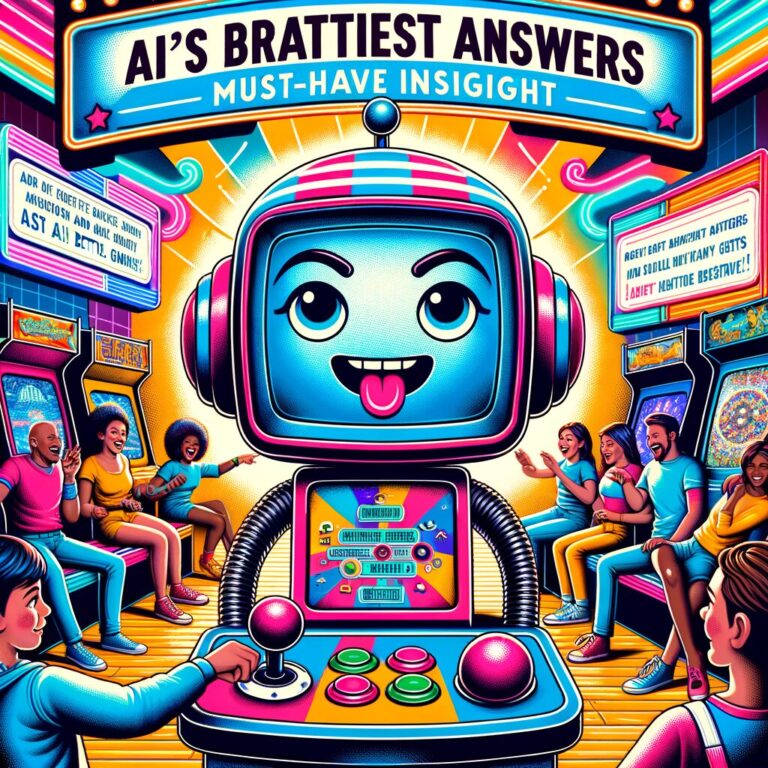Artificial intelligence (AI) is revolutionizing various aspects of our lives, including education. When it comes to science projects, incorporating AI can take your child’s project to the next level. By integrating AI-powered tools and techniques, kids can enhance their projects, demonstrate advanced concepts, and fuel their curiosity for science. In this article, we will explore some AI-powered tips for kids to supercharge their science projects.
Understanding AI in Simple Terms
Before diving into how AI can be used in science projects, it’s essential for kids to grasp the concept of AI in simple terms. Explain to them that AI refers to machines or computer systems that can learn and perform tasks that typically require human intelligence. It’s like giving a computer the ability to think, learn, and make decisions on its own.
Choosing the Right AI Tool or Platform
One of the first steps in integrating AI into a science project is selecting the right AI tool or platform. There are various AI tools and platforms designed specifically for young learners that provide user-friendly interfaces and engaging activities. Tools like Scratch, Cozmo, and Google’s Teachable Machine are great options for kids looking to incorporate AI into their projects.
Experimenting with Machine Learning
Machine learning is a subset of AI that focuses on developing algorithms that allow computers to learn from and make predictions or decisions based on data. Encourage kids to experiment with simple machine learning projects using platforms like TensorFlow for Kids or Microsoft’s MakeCode Arcade. They can create projects that involve teaching a computer to recognize patterns, make predictions, or classify objects.
Building AI-Powered Models
For more advanced projects, kids can delve into building AI-powered models to simulate real-world scenarios. They can use platforms like IBM Watson or Microsoft Azure AI to create chatbots, image recognition systems, or even predictive models. By building AI models, kids can explore concepts like natural language processing, computer vision, and predictive analytics in a hands-on manner.
Incorporating AI Ethics and Bias
As kids explore the capabilities of AI in their science projects, it’s crucial to discuss the ethical implications and biases associated with AI. Encourage them to think about the ethical considerations when designing AI systems and the importance of ensuring fairness and transparency in AI decision-making processes.
Presenting Results Creatively
Lastly, encourage kids to present their AI-powered science projects creatively. They can create interactive demonstrations, videos, or presentations to showcase their project’s functionality and explain the AI concepts behind it. By presenting their projects in engaging ways, kids can effectively communicate their learnings and inspire others to explore AI in science projects.
In conclusion, integrating AI into science projects can provide kids with valuable opportunities to explore cutting-edge technologies, develop critical thinking skills, and foster a deeper understanding of AI concepts. By following these AI-powered tips, kids can supercharge their science projects and embark on a journey of discovery and innovation in the world of artificial intelligence.






